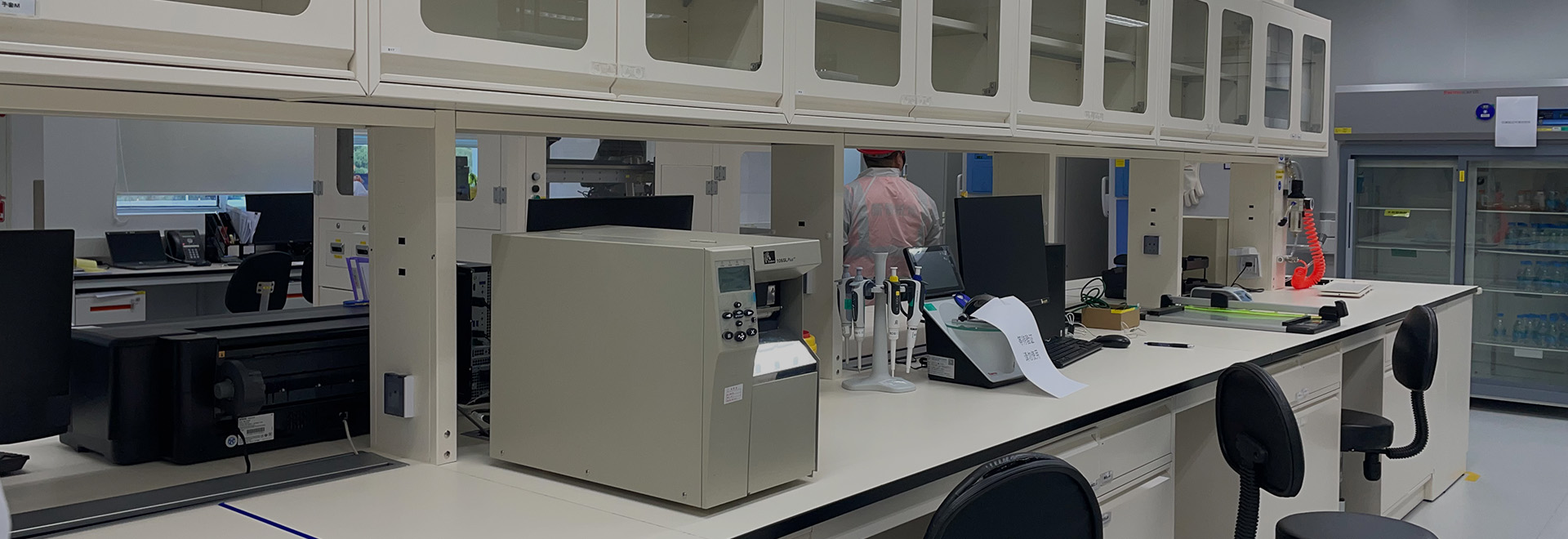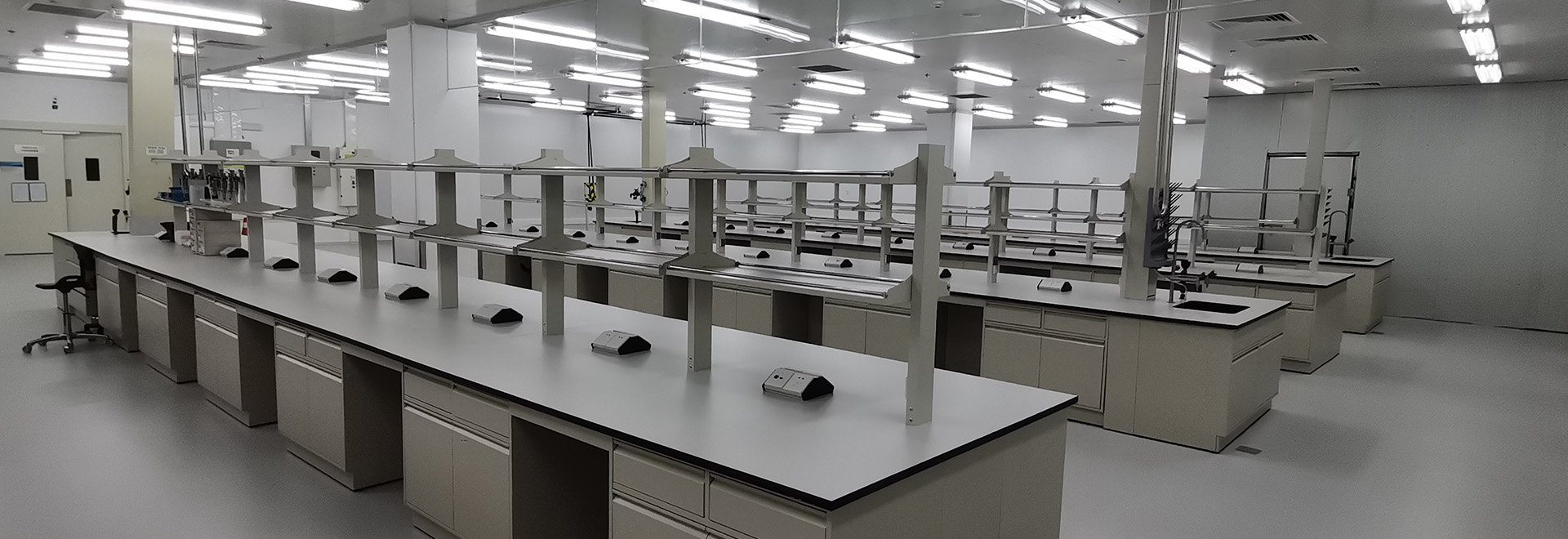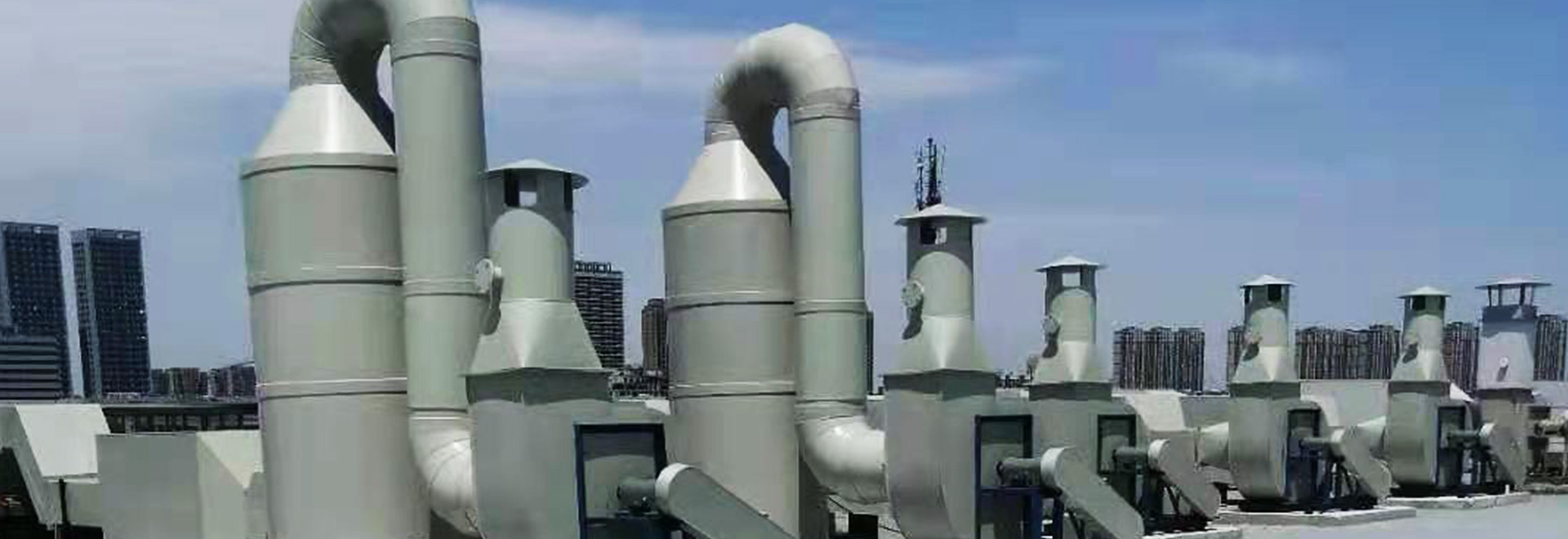In modern manufacturing, surface treatment technology is critical to product quality and performance. This article will focus on comparing two advanced metal surface treatment methods: magnetic needle polishing technology (especially rotary magnetic needle polishing machine) and traditional electrolytic polishing process, and introduce their advantages in the field of aluminum polishing Applications.

Overview of magnetic needle polishing technology
Working principle
Magnetic needle polishing machine using a magnetic field, so that the magnetic polishing needle in the surface of the workpiece high-speed movement, to achieve surface polishing. Rotary magnetic needle polishing machine through the rotation of the magnetic field, so that the magnetic needle to produce complex trajectory, so as to achieve more efficient and uniform polishing effect.
Advantages
Highly efficient: able to process large quantities of workpieces quickly.
Environmental protection: no need to use chemical reagents to reduce environmental pollution.
Strong applicability: can handle complex shapes of workpieces.
Good surface quality: high gloss and low roughness can be realized.
Electrolytic Polishing Process Overview
Principle of operation
Electrolytic polishing involves immersing the workpiece as an anode in an electrolytic solution, which dissolves the surface of the workpiece through electrochemical reaction to realize the polishing effect.
Advantages
High surface finish: Mirror effect can be achieved.
Stress relief: improves the stress condition on the surface of the workpiece.
Good uniformity: for simple shaped workpieces, the polishing effect is uniform.
Comparison of aluminum polishing
Advantages of magnetic needle polishing machine in aluminum polishing
High efficiency: Compared with electrolytic polishing, magnetic needle polishing is faster.
No risk of corrosion: avoiding the potential corrosion of aluminum by electrolyte.
Applicable to complex shapes: for shaped aluminum parts, the magnetic needle polishing effect is better.
Energy saving and environmental protection: no need for large amounts of chemical reagents and electricity.
Limitations of electrolytic polishing in aluminum processing
Slow processing speed: especially for large aluminum parts
High consumption of chemicals: Increase cost and environmental burden
Poor results on complex shapes of aluminum parts: prone to uneven polishing.
Conclusion
The rotary magnetic needle polishing machine shows obvious advantages in the field of aluminum polishing, especially suitable for the processing of large quantities and complex shapes of aluminum products. It offers a more efficient, environmentally friendly and adaptable solution than the traditional electrolytic polishing process. However, electrolytic polishing still has its unique advantages in some specific applications, such as ultra-high finish requirements.
Manufacturers should choose the appropriate polishing technology for their specific needs. For most aluminum processing needs, rotary magnetic pin polishing machines are certainly an innovative option to consider.

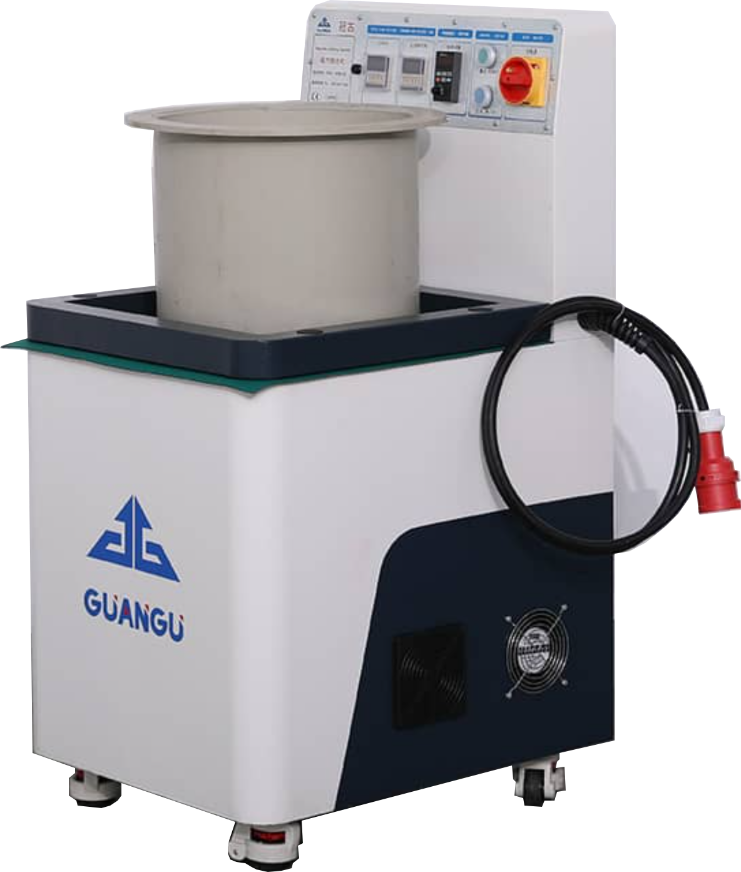 GG8520
GG8520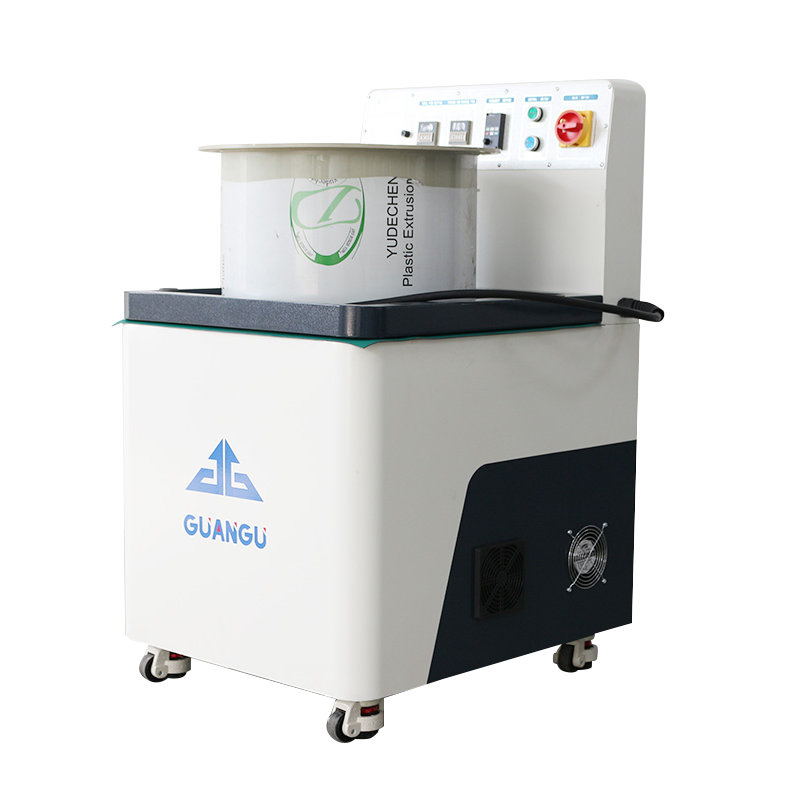 GG8620
GG8620 GG8720
GG8720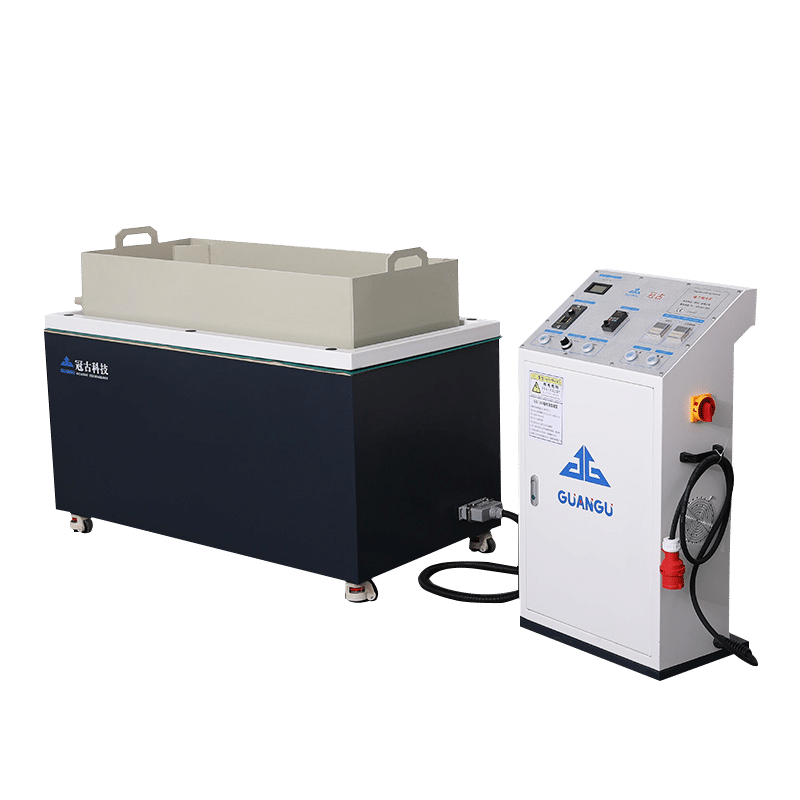 GG1380
GG1380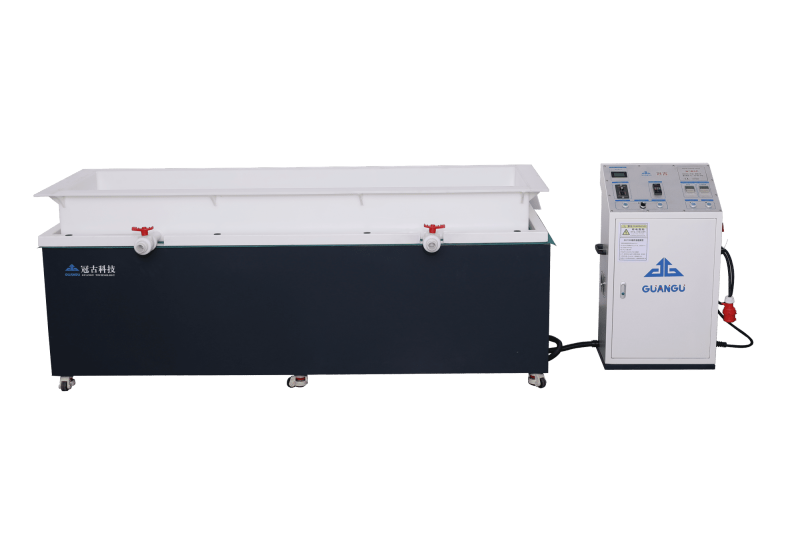 GG2380
GG2380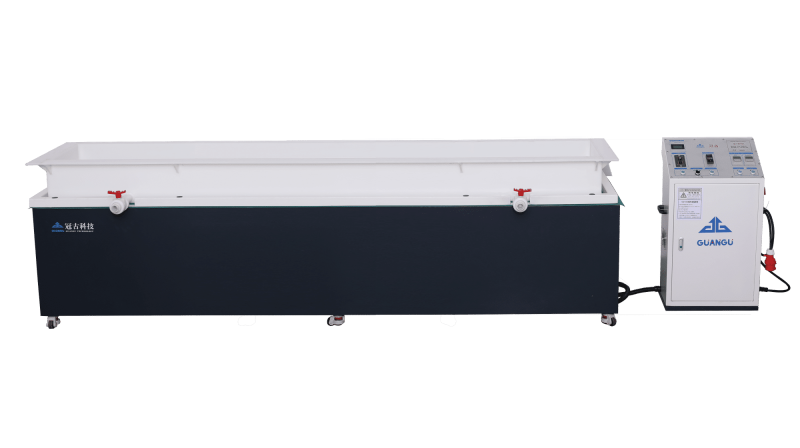 GG2980
GG2980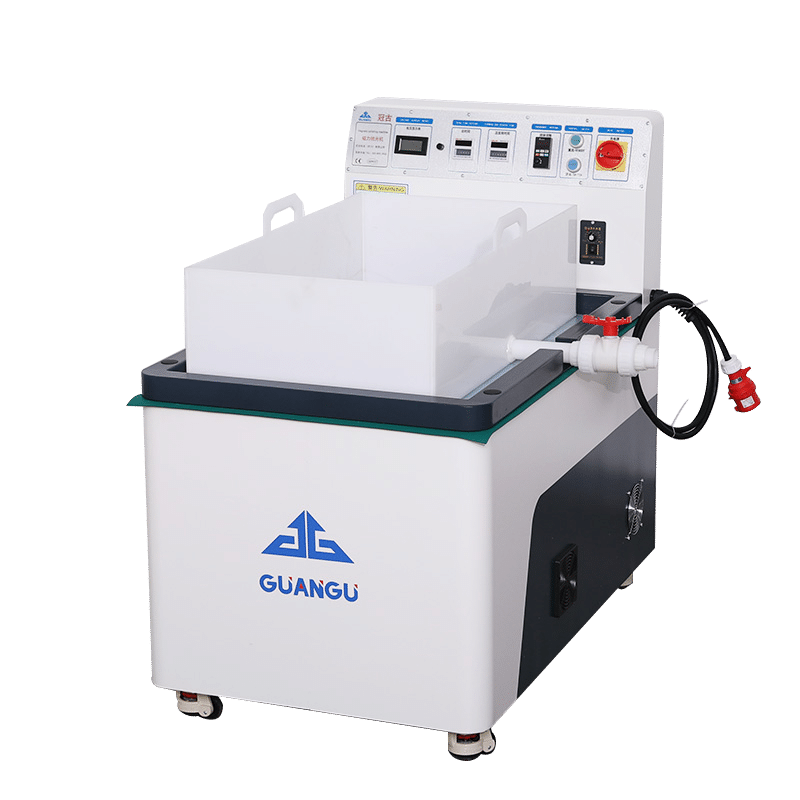 GG8850
GG8850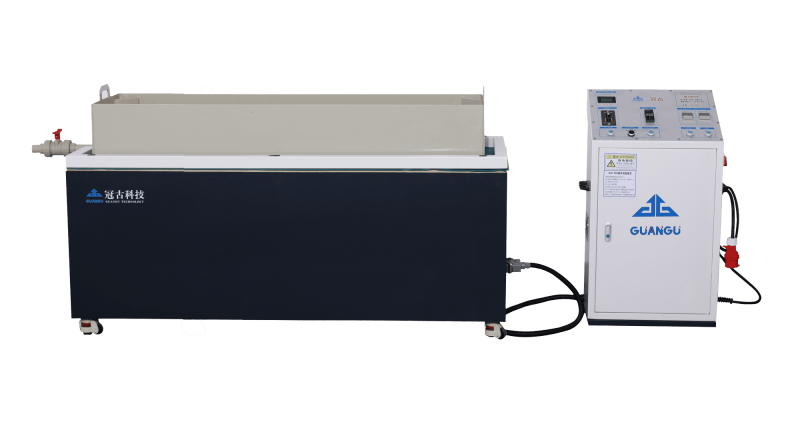 GG1980
GG1980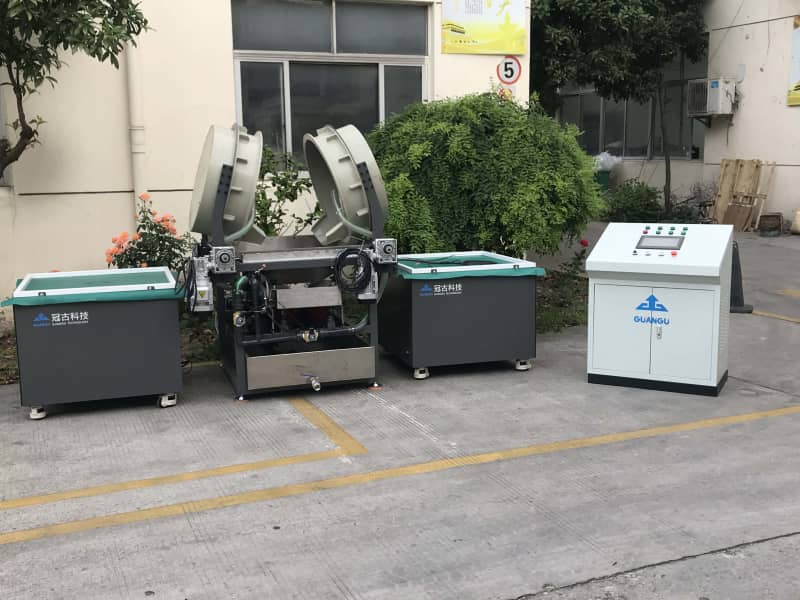 flipping
flipping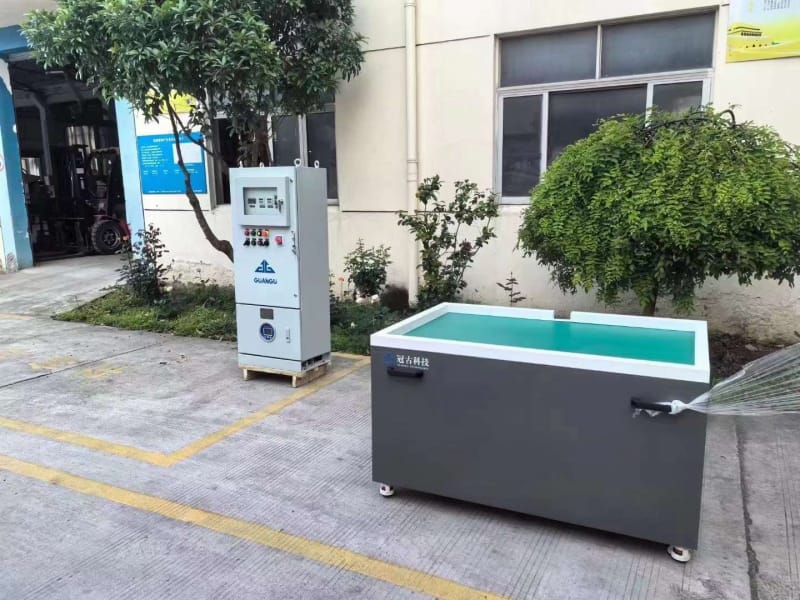 flameproof
flameproof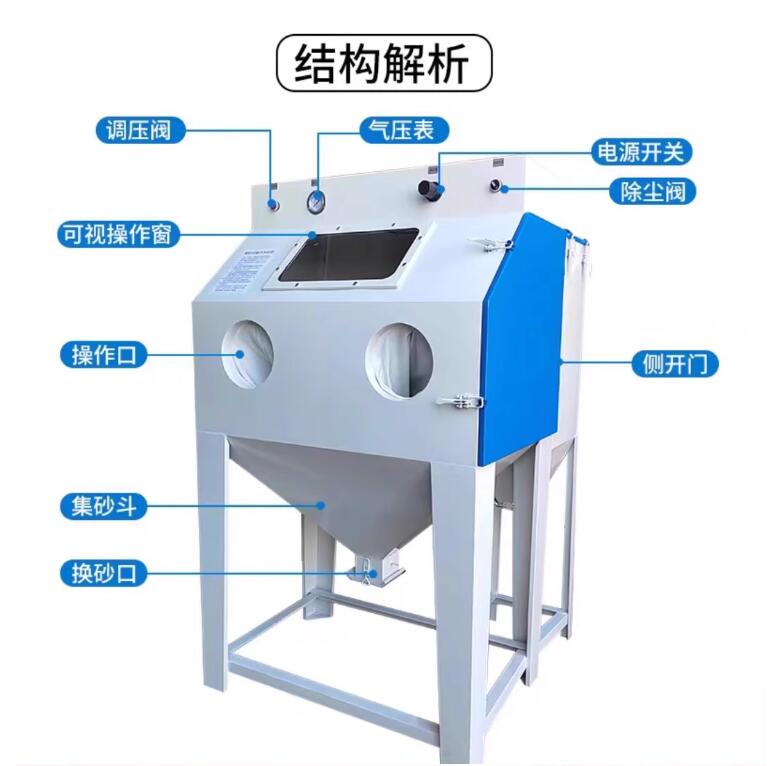 sandblaster
sandblaster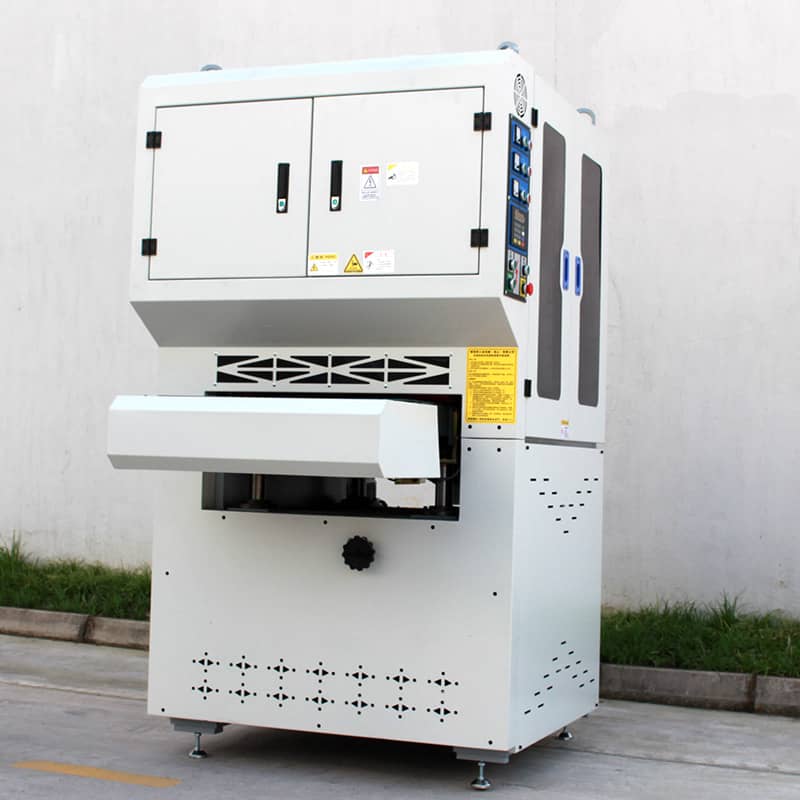 Flat polishing machine
Flat polishing machine